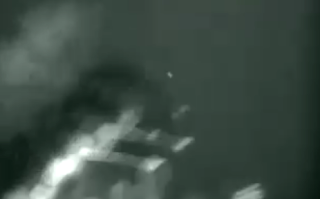How did you respond to audience feedback and how valuable was it to you?
Once we received feedback from the class, we took into consideration their opinions and advice for improvement and, if we could redo this task, would have used some of that information to better our project to suit said qualities. For example we received criticism that the final was somewhat like a trailer, and that the soundtrack stopped abruptly – because of this feedback if we had more time we could have changed this by adding more effects and fading out the end of the soundtrack. However we did also got some more positive comments, mainly about the genre appropriate non and diegetic sound effects and soundtrack and the good use of props, used to portray a message to the audience and to aid them in seeing a small glimpse of a deeper side to the character and her bizarre mental situation. We did also get feedback before the final deadline, which we did indeed use to improve our opening sequence, such as the fact that the title of the project; “Evanesce” was unclear to actually being the main title as it was incorporated into the rest of the sequence and not really distinguished well enough to catch attention. Also after being told there were problems with the colouring of our work, to which we edited it with colour correction upon the final edit deadline. The positive comments we got were helpful in many ways also, not just for a confidence boost but also to help us in the future with other projects we may take part in. We know what things worked well and could use them as a reference or inspiration. We also know that, should this opening project actually make it into the film industry, that certain audiences would appreciate and watch it. Getting feedback upon our work was rather valuable in the respects already stated, for improvement and help should we take part in future projects of the same nature. However receiving feedback after the work was submitted was a little irritating as more things were pointed out that we could have changed to possibly improve our grade, but of course we could not by which time. It was good for the future but not for the current situation.
















